In November 2020, Apple unveiled it’s Macbook M1 chip based on ARM architecture and shocked the world by ditching it’s already successful x86 based Intel processor macs. Apple unveiled three products with the new Apple Silicon, the 13” Macbook Pro, the Macbook Air, and the Mac mini. Judging on the performance and efficiency which Apple claims for these new M1 Socs, Experts believe that this could be the biggest change and innovation in the history of desktop computing.
History
To understand Apple’s sudden transition to ARM-based M1 CPUs, we need to go back in time. In the 80s when the computer industry was on its rise, Intel developed a chip that later became a standard in most computers. This was the x86 architecture.
It was based on the CISC philosophy and was thus bloated on instructions. It gave a good performance but the power consumption was very high. Acorn Computers took a different approach by using a reduced instruction set computing philosophy or ‘RISC’ and developed an architecture known as ARM which was very power efficient.
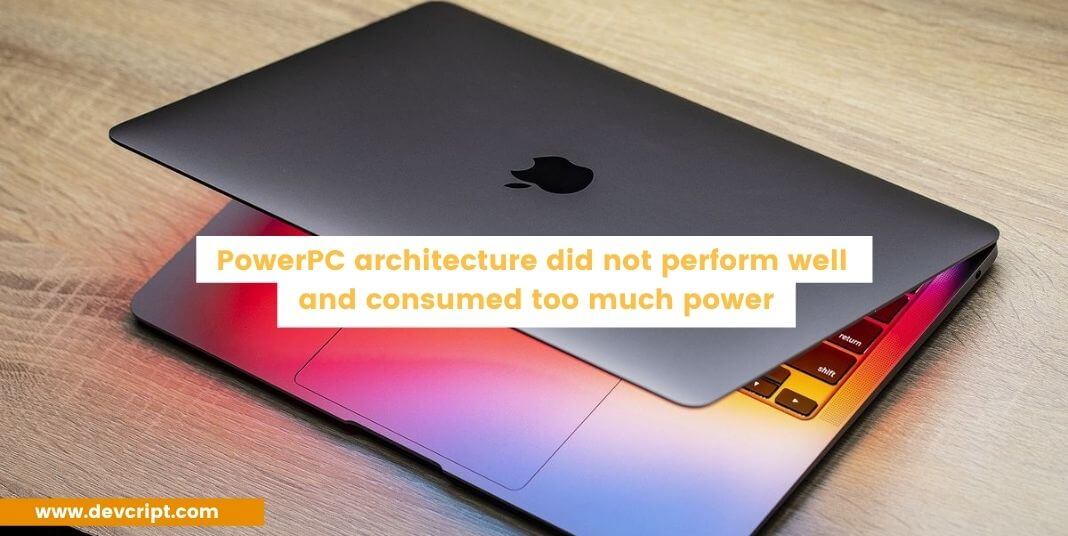
ARM became popular when people started using mobile phones and wanted longer battery life which the x86 was simply unable to do. Intel rejected Steve Job’s offer to make the chipset for the first iPhone launched in 2007. In 2008, Apple bought licenses to design their chips from ARM and launched its A6 chip in the iPhone 5.
Even Macs are not new to RISC. Macs used to run on RISC based PowerPC processors before Apple switched to Intel’s x86 in 2006. 14 years later Apple is back to RISC with their M1 powered macs. Apple made this switch once it understood that the processing power of mobile-based CPUs is almost comparable to their desktop counterparts. The newly developed Apple Silicon is expected to deliver great performance with huge battery life.
Also read, Virgin Hyperloop Completes First Human Ride On New High-Speed Transport System
Apple’s Macbook M1 chip
When everyone was expecting Apple to make a shift from Intel-based macs to AMD-based macs, it shocked the world by unveiling its own System on a Chip (SoC) namely the ‘M1’ chip. This marked the shift of Apple macs from the x86 architecture which they adopted in 2006.
As its name states the M1 is a ‘System on a chip’. This means it has different components such as the CPU, GPU, RAM, Neural Engine, Secure Enclave, SSD controller, image signal processor, encode/decode engines, Thunderbolt controller with USB 4 support, etc integrated into it. Previously Apple used to use multiple chips for CPU, I/O, and security but now they all are integrated into the same place.

This unified integration makes the M1 chip much more powerful and efficient than the Intel chips. This integration also allows various components to access the same memory pool for data exchange creating a unified memory architecture for the chip. This leads to a significant increase in speed and efficiency. This also makes the components non-user-replaceable. You cannot increase RAM or even Internal Memory in the new macs.
Apple M1 chip has 16 billion transistors in it. This makes it the fastest CPU core in the low power silicon and also brings in the best CPU performance per watt. The Apple Silicon has enabled Apple to finally have full control over their macs and optimize the software according to their hardware. The tight integration of high-quality hardware and polished Software from Apple helps the new macs outperform almost every laptop out there in its class by huge margins.
How is M1 different from Intel?
Intel’s chips are based on x86 architecture but the new M1 chips are based on ARM architecture. It is the same architecture that is used to make the Apple A-series chips used in iPhones and iPads. The M1 chips are also manufactured on a 5-nanometer process just like the newly released A14 chip on the iPhone 12 series. The M1 chip is very similar to the A14 chip and is thus capable of running iPhone and iPad applications on the mac. The M1 chip is the most powerful chip Apple had ever made.

CPU Performance
The M1 chip has an 8-core CPU. These 8 cores include 4 high-performance cores and 4 high-efficiency cores. The CPU is designed in such a way that the high-performance cores provide the best performance in the power-intensive single-threaded tasks. The four high-performance cores work together to provide high multi-threaded performance. The four high-efficiency cores handle the less intensive tasks and are very well optimized to save battery life. The optimization made by Apple helps the M1 Macbook perform even better than the top tier Macbook of 2019 and deliver nearly double battery life.
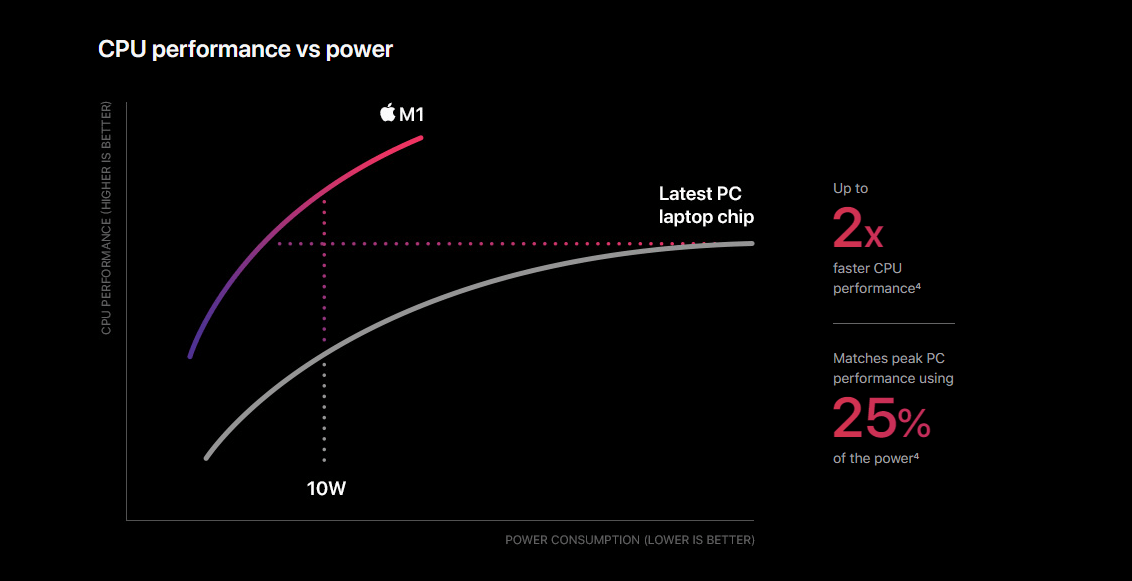 The new Macbook Air shows promising results on geekbench, It registered 1687 points on single-core and 7433 on multi-core benchmark.
The new Macbook Air shows promising results on geekbench, It registered 1687 points on single-core and 7433 on multi-core benchmark.
GPU Performance
The M1 chip has an 8-core GPU as well. Except for the entry-level Macbook Air, which has a 7 core GPU, all other macs have an 8-core GPU. This GPU is capable of running 25000 threads simultaneously and provides 2.6 teraflops of throughput. Apple claims this to be the fastest integrated GPU in any desktop computer. It would not be justified to compare the performance of the M1 Macbooks to a PC with a dedicated GPU but given the optimization of the Apple SoC, I am pretty sure it would outperform even some of the big players out there.
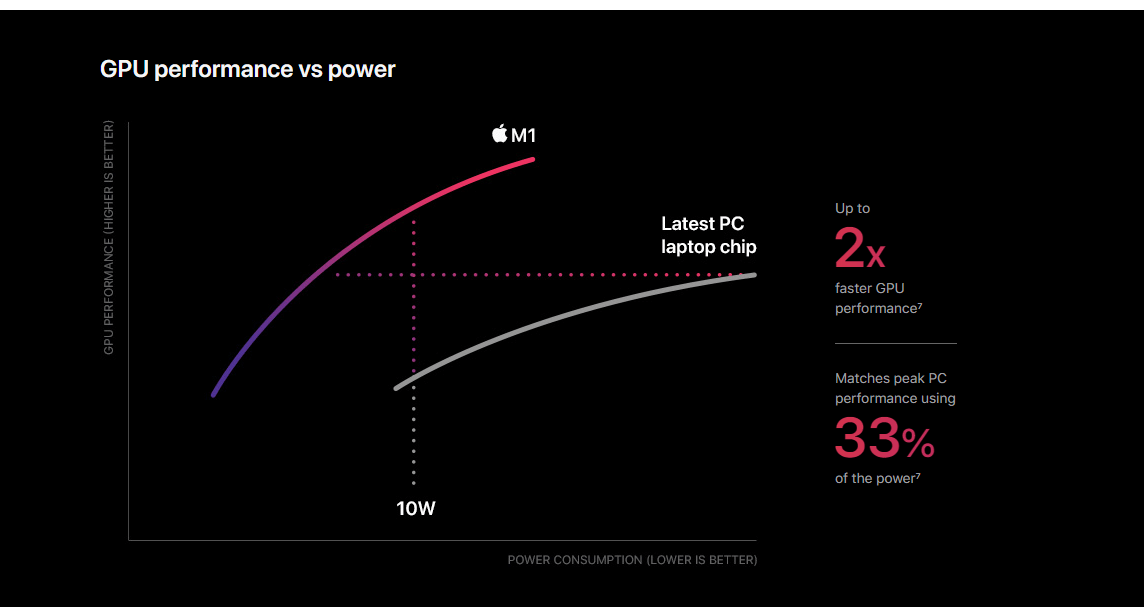
Neural Engine
The M1 chip also has a built-in Neural Engine to boost up the machine learning performance of the MacBooks. Apple claims a 15x boost in performance of machine learning-based tasks such as voice recognition, image processing, etc.

Speed
Although Apple (in its launch event) outrageously claimed to outperform every other laptop in its class by showing us vague graphs, the M1 chip doesn’t fail to impress us as it delivers 3.5x faster CPU performance, up to 6x better GPU performance, and up to 15x better machine learning performance as compared to it’s Intel counterparts. It also beats almost every other Mac released to date by Apple.
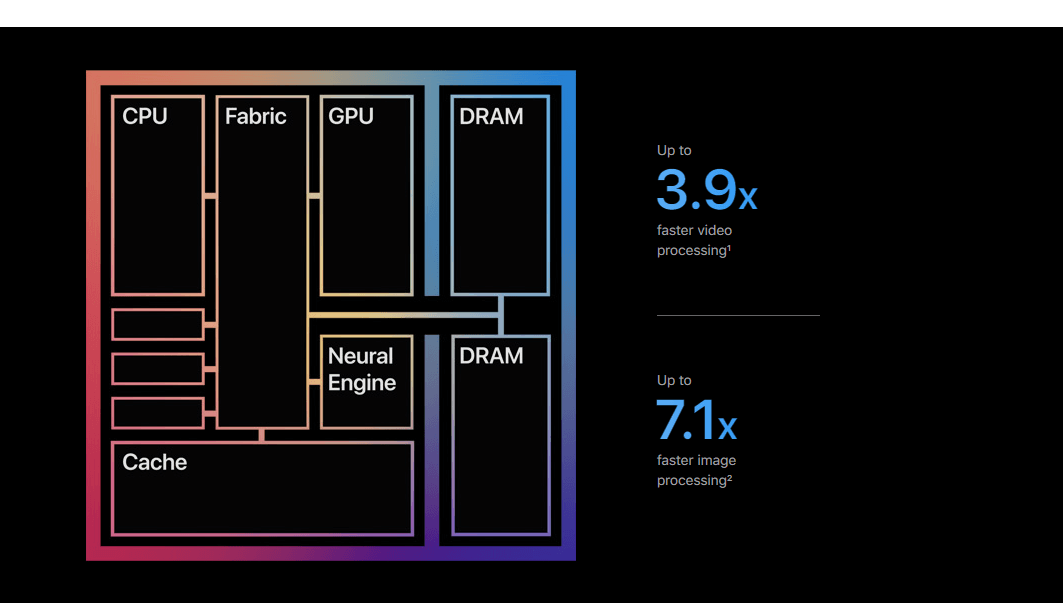
Battery Performance
The beauty of the ARM-based CPU is that it consumes way less power than the x86 based CPUs. Many tech reviewers such as MKBHD claimed to have got 4 days of battery life ( More than 10 hours of moderately heavy use) on a single charge. The battery drain test done by Linus Tech Tips shows that Macbook Pro lasted up to 20 hours while Macbook Air lasted 13 hours on a single charge. Thus we can say that that the Apple M1 chips are very power efficient and will easily last you through the day.

Security
With full software and hardware control, the ball is now in Apple’s court. Security has always been Apple’s priority. The M1 SoC has a built-in Secure Enclave that manages the Touch ID. It also has a storage controller with AES encryption hardware for SSD performance. Since there is no secondary T2 chip, M1 Macs are more secure and the functionalities are faster.
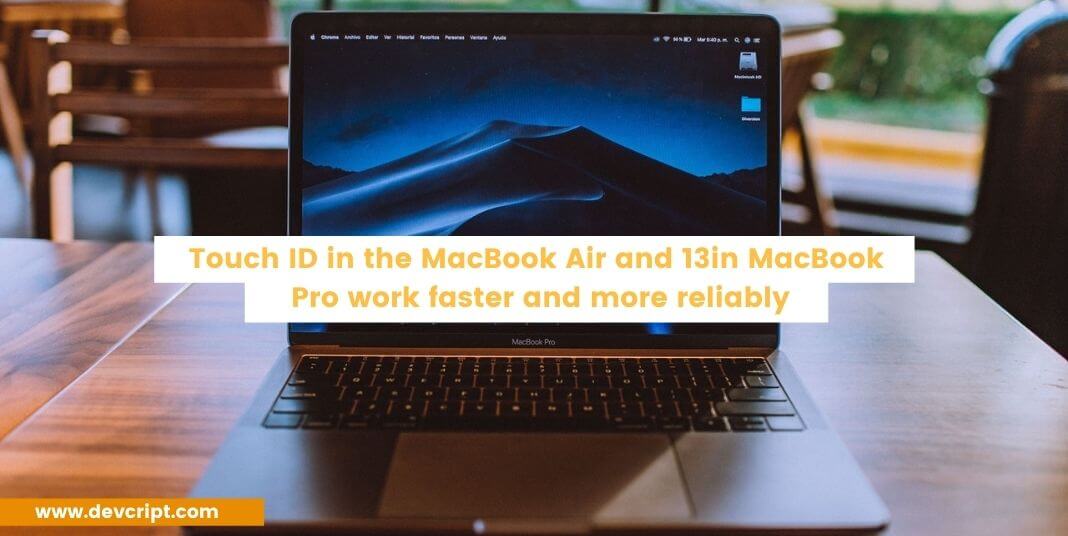
Rosetta Magic
Apple ditching Intel’s x86 architecture for the new ARM-based M1 chip comes at a cost. Almost every application developed for macs is developed for the x86 architecture and not ARM. Apple had optimized its applications for the new M1 chip but third-party applications are not yet optimized for it. Thus Apple had brought back the good old Rosetta like it did when it switched from PowerPC to Intel in 2006. It is called Rosetta 2 and is almost magical.
Rosetta 2 is a translation layer that allows the x86 apps to run on the M1 chip. Being an emulation layer you would expect a significant drop in performance of the apps but here’s why Rosetta 2 feels magical. Most apps after emulation run much better on the M1 macs than natively on the 2019 Intel Macs. Apple has also built tools to allow developers to create Universal app binaries that run flawlessly on both Apple Silicon and Intel Macs.
iOS apps
Since the M1 chip is ARM-based, it provides support for the enormous number of iOS apps and games.
Some of the apps run well but some do not. This is because the apps are not yet optimized to run on a laptop with the help of a keyboard and trackpad. Apple Macbooks also do not offer a touch screen so it could be difficult to use the iOS apps. But still, the iPhone and iPad applications are supported.
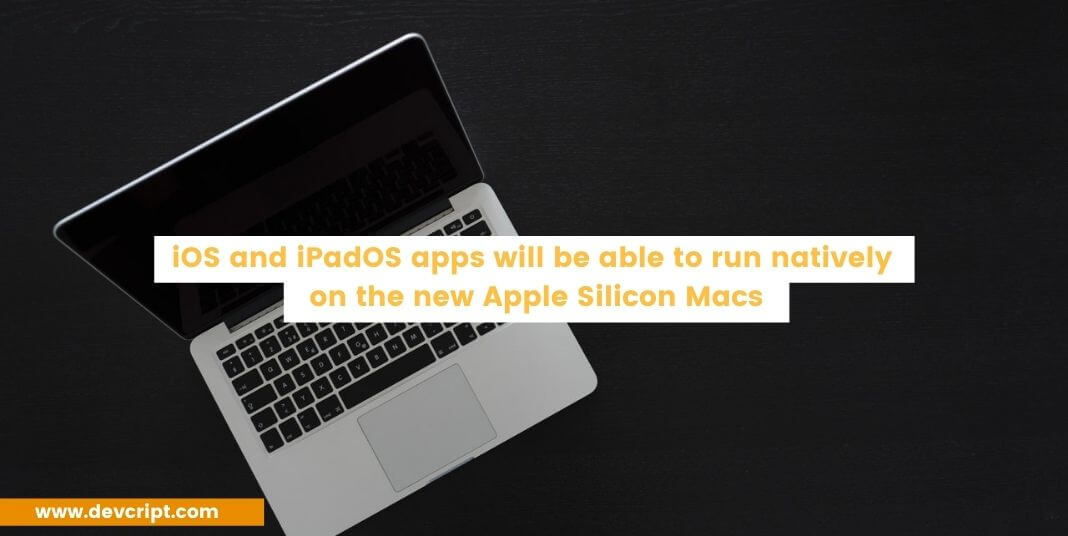
New Macs launched
Apple released the new 2020 Macbook Air, 13” Macbook Pro, and Mac Mini. All three are powered by the Apple M1 chip. They replaced the older and slower 2019 models respectively. Apple still sells the Intel-powered models of the Macbook Pro and Mac mini but the M1 powered macs beat them hands down.
Also read, What is WordPress and why to use it in 2021?
Future of Mac and PC Industry
Apple is known for taking bold steps. Once again it has taken a bold step and this might prove to be one of the biggest step taken which could change the entire desktop PC industry. Apple will soon transition all of its macs to ARM-based Apple Silicon and will provide insane performance and battery life.
This will give new life to Microsoft’s Windows for ARM project and we will see companies trying to compete with Apple and build their own space in the industry. We might soon see high-performance laptops with great battery life with windows or Linux running on them. We might also see various innovations in the tech industry in the coming years. Whatever be the case, the ones benefitting the most would be the consumers.
Image source Apple.

Leave a Reply